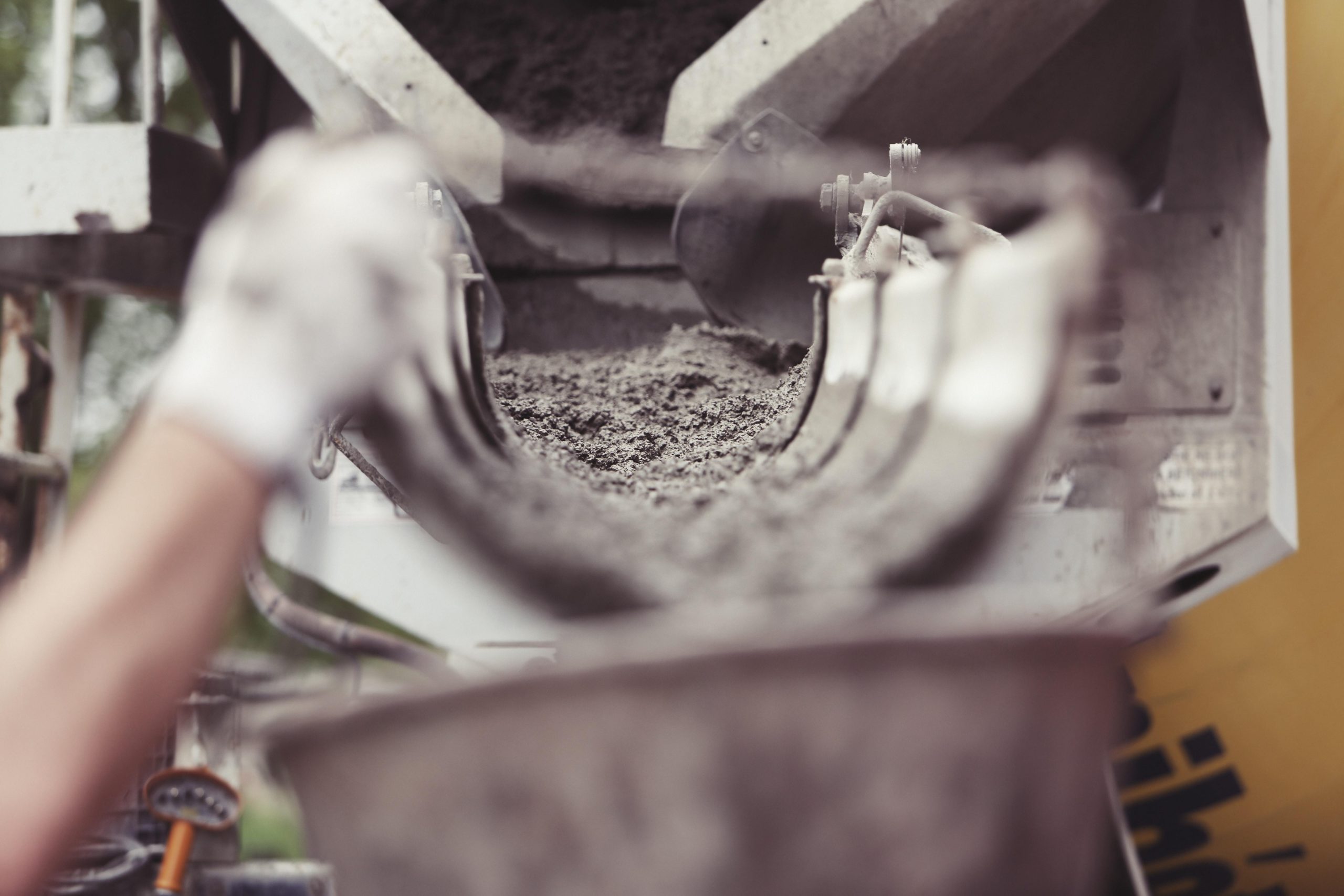
- On this page:
-
 Abstract
Abstract
-
 Publications
Publications
-
 Researcher
Researcher
Mechanical Properties of Rubberized Concrete Strengthened With Stainless Steel Fibers
Resilient Concrete Structures
This study explores how using recycled tires in concrete mix impacts the mixture’s performance under various environmental conditions. Additionally, the research investigates the impact of adding stainless-steel fibers to enhance the mechanical properties of the concrete.
Abstract
In this project, an overview of the effects of environmental conditions on the mechanical properties of rubberized concrete is experimentally explored. These conditions include freeze-thaw cycles, and temperature and salt attacks. Moreover, the effect of adding stainless-steel fibers to the rubberized concrete is investigated to utilize both the advantages of rubber and stainless-steel fibers in concrete. Concrete specimens are prepared with different percentages of rubber and steel fibers, cured and stored under different environmental conditions.
The support sponsored by NYCON and ALP Supply is gratefully acknowledged.
Featured Publications
Rubberized concrete is widely used in construction by utilizing the advantages of partially replacing fine or coarse aggregate with rubber to enhance several properties of concrete and provide an environmentally friendly solution. This paper experimentally explores the influence of utilizing crumb rubber (CR) as an alternate coarse aggregate in concrete. Concrete specimens were prepared with different percentages of rubber (0%, 5%, 10%, 15%, and 20%). Additionally, other parameters, such as freezing–thawing cycles, temperature, and stainless steel fibers (SSFs), were investigated. The workability of fresh concrete and the compression properties of hardened concrete were examined. Reductions in the mechanical properties of rubberized concrete were obtained. The compressive strength reductions ranged between 13% and 50%, based on the percentage of CR in the concrete mix. However, a lesser unit weight and higher toughness were obtained relative to conventional concrete. The average unit weight decreased by 1.3%, 2.5%, 3.4%, and 5.7% of the control mixture when 5%, 10%, 15%, and 20% of the CR were incorporated into the concrete mixtures, respectively. Regression models to predict the compressive strength and unit weight of concrete with CR were developed. In addition, a life cycle cost analysis (LCCA) to identify and quantify the possible benefits of using CR in concrete mixes was carried out. Using rubberized concrete mixtures for thin whitetopping offered a slightly lower net present value compared to the ordinary concrete mix.
El-Zohairy, A.; Sanchez, M.; Abediniangerabi, B.; Moler, P. Performance of Rubberized Concrete and the Effect of Temperature and Stainless Steel Fibers. Buildings 2023, 13, 280.
Concrete is one of the most common and versatile construction materials and has been used under a wide range of environmental conditions. Temperature is one of them, which significantly affects the performance of concrete, and therefore, a careful evaluation of the effect of temperature on concrete cannot be overemphasized. In this study, an overview of the temperature effect on the compressive behavior of plain hardened concrete is experimentally provided. Concrete cylinders were prepared, cured, and stored under different temperature conditions to be tested under compression. The stress–strain curve, mode of failure, compressive strength, ultimate strain, and modulus of elasticity of concrete were evaluated between the ages of 7 and 90 days. The experimental results were used to propose constitutive models to predict the mechanical properties of concrete under the effect of temperature. Moreover, previous constitutive models were examined to capture the stress–strain relationships of concrete under the effect of temperature. Based on the experimental data and the proposed models, concrete lost 10–20% of its original compressive strength when heated to 100 °C and 30–40% at 260 °C. The previous constitutive models for stress–strain relationships of concrete at normal temperatures can be used to capture these relationships under the effect of temperature by using the compressive strength, ultimate strain, and modulus of elasticity affected by temperature. The effect of temperature on the modulus of elasticity of concrete was considered in the ACI 318-14 equation by using the compressive strength affected by temperature and the results showed good agreement with the experimental data.
El-Zohairy, A; Hammontree, H; Oh, E; Moler, P. Temperature Effect on the Compressive Behavior and Constitutive Model of Plain Hardened Concrete. Materials 2020, 13, 2801 .





